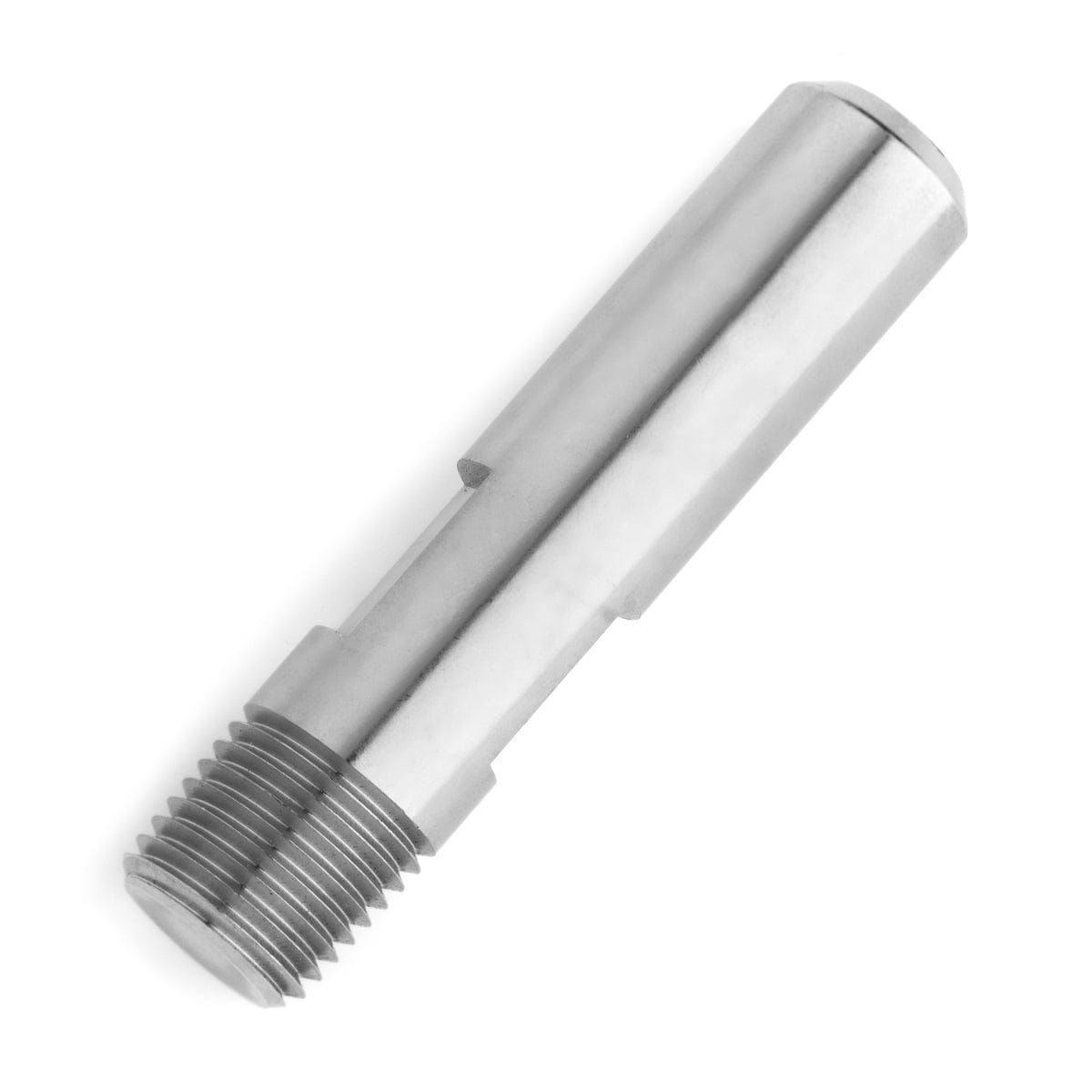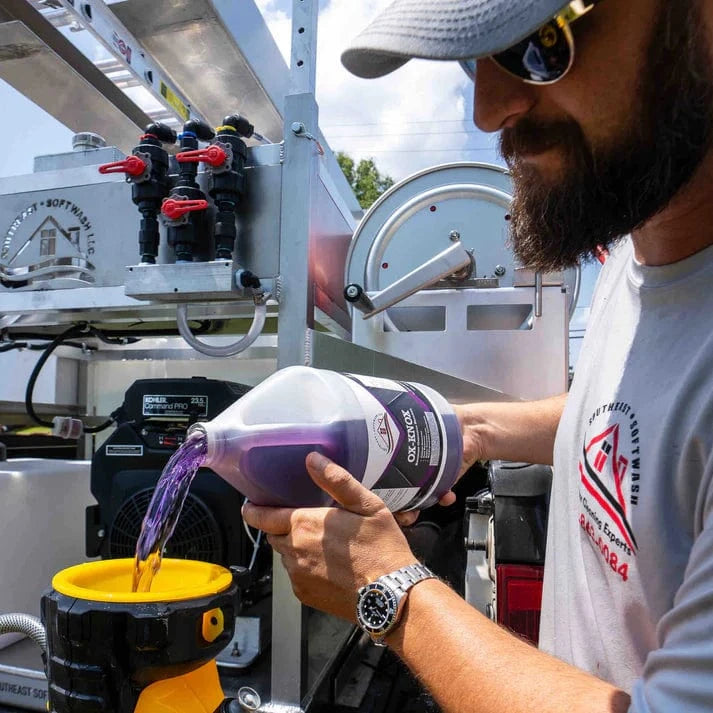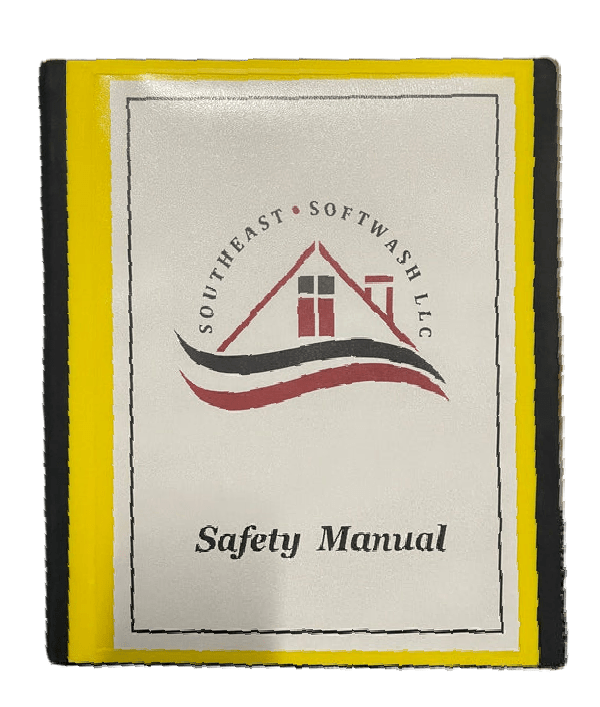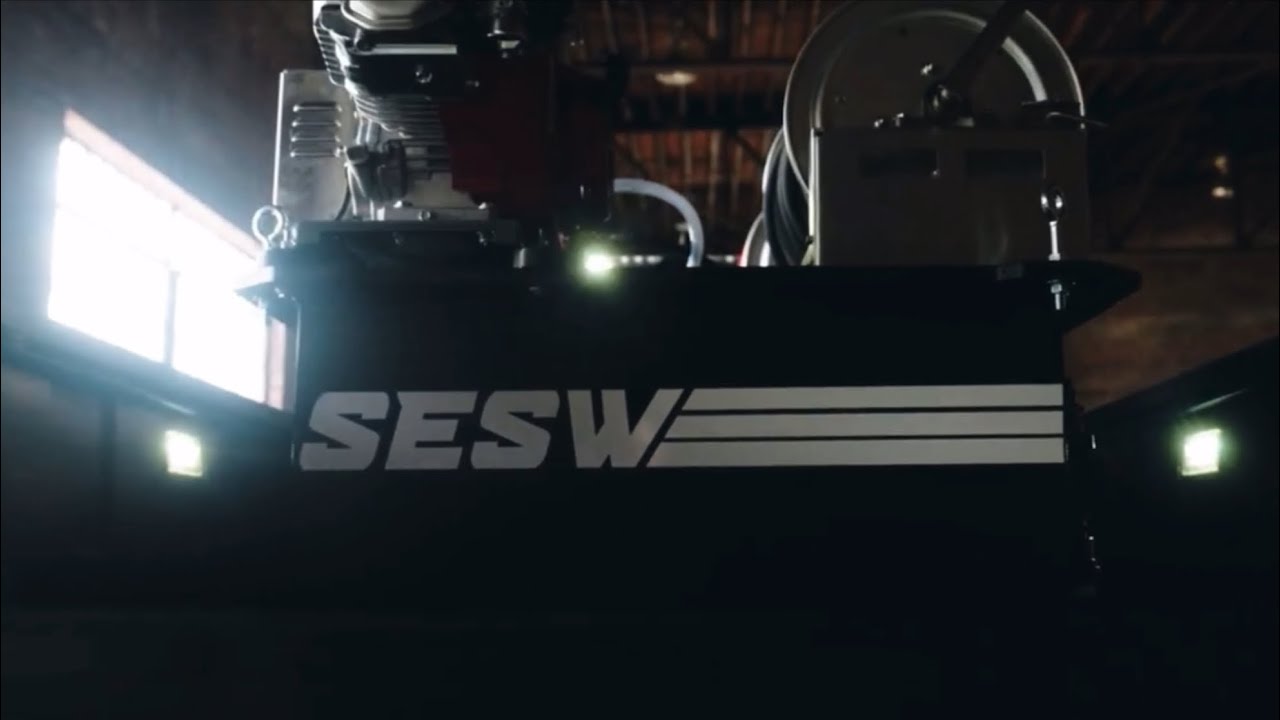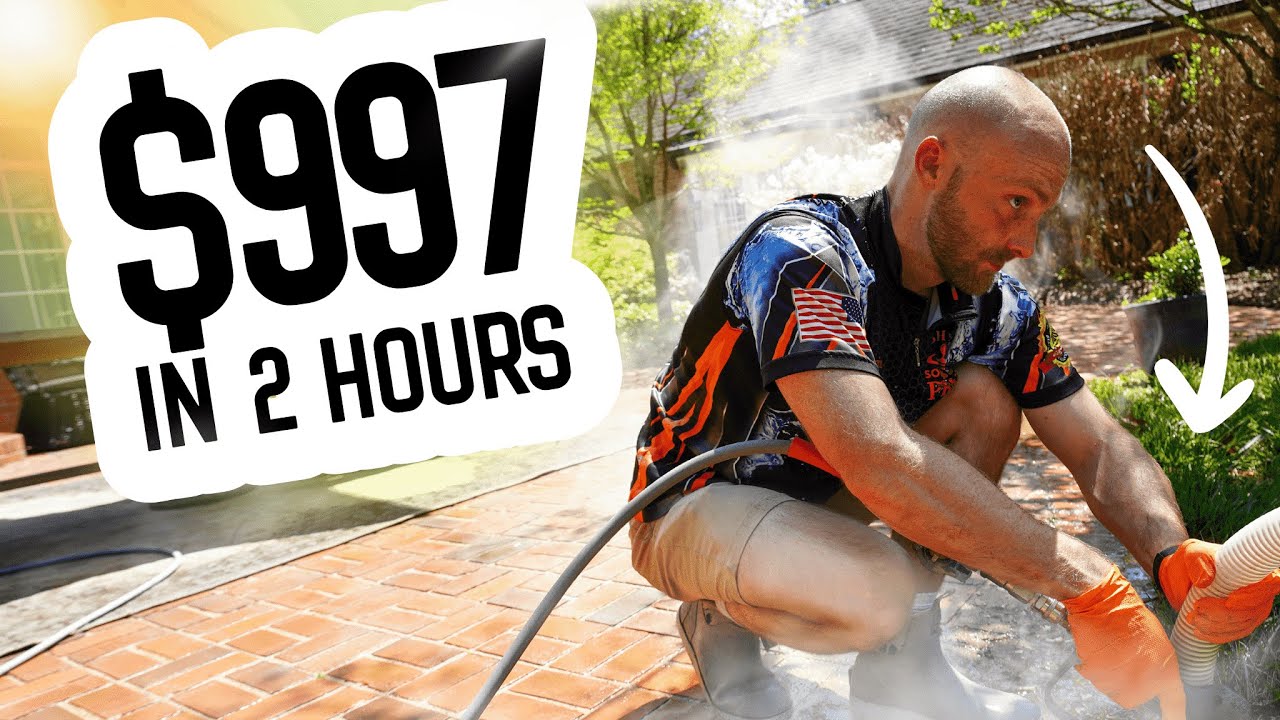How to Avoid Paint Damage During Soft Washing: A Science Experiment by Southeast Softwash
Hey everyone, Cody from Southeast Softwash here! Today, we're diving deep into an issue that can catch even the most seasoned professionals off guard—paint streaking caused by soft washing. A fellow pro, Mike Verdan from All-American Power Washing in Savannah, Georgia, recently encountered this problem after washing a roof. Some overspray got onto the house’s siding, and it caused streaks in the paint. Sound familiar?
Don't panic. This is an issue that pops up in the industry from time to time, especially with certain paint types. In this two-part series, we’ll explore what causes this problem and how to avoid it on your next job.
Why Does This Happen?
The root of the problem lies in organic-based pigments in certain paints, primarily from brands like Sherwin-Williams and Benjamin Moore. While bleach is a fantastic cleaning agent for organic materials like algae, it can also wreak havoc on these pigments, causing unsightly streaking.
Organic-based pigments are especially common in pastel colors like blues, light reds, and pinks. These tones seem to show the streaking more than darker or white paints. Some of the lighter colors may hide the streaking better, but the damage is still there, waiting to be discovered. That’s why it’s crucial to perform a test spot before soft washing any surface.
Cody’s Experiment
To demonstrate this, I grabbed some paint samples from my local Ace Hardware and set up a little science experiment. I used three types of paint:
- Light red (almost pink)
- Light blue
- A control board with no paint, just Hardy Board.
After letting the paint dry, I’ll spray the boards with our traditional 1.5% house wash mix. This will simulate the soft washing process to see how the paint reacts. Stay tuned for Part 2, where we’ll review the results and see if the paint streaks or holds up!
How to Avoid This Issue
Here are some tips to prevent this from happening to you:
-
Do a Test Spot: Always test a small, inconspicuous area before cleaning the entire surface.
-
Use Low Bleach Concentrations: For house washing, stick to around 1-1.5% bleach in your mix. Higher concentrations can increase the chances of streaking.
-
Know the Paint: If possible, ask the homeowner about the type of paint used on the house. Recently painted homes may be more vulnerable to damage, especially if organic-based pigments were used.
-
Keep Learning: Soft washing is a skill that evolves, and the industry is constantly discovering new techniques. To stay ahead, I highly recommend taking the Southeast Softwash (SESW) Softwash 101 Class. This course will help you master safe cleaning techniques and avoid costly mistakes like this one.
Conclusion:
Paint streaking is rare, but it can be a nightmare if you're not prepared. By understanding the root cause—organic pigments in certain paints—and following simple precautions like doing a test spot, you can prevent these issues from occurring. As always, education is key, and the SESW Softwash 101 class is a great place to start if you want to be confident in your soft washing process.
Thanks for tuning in to this science project! Stay frosty, and keep an eye out for Part 2, where we reveal the results of our experiment.
Looking to up your soft washing game? Enroll in the SESW Softwash 101 Class today to learn how to perform safe and effective washes every time.
This blog post will keep your audience informed while promoting the importance of continuous learning through the SESW Softwash 101 Class! Let me know if you'd like any changes.


